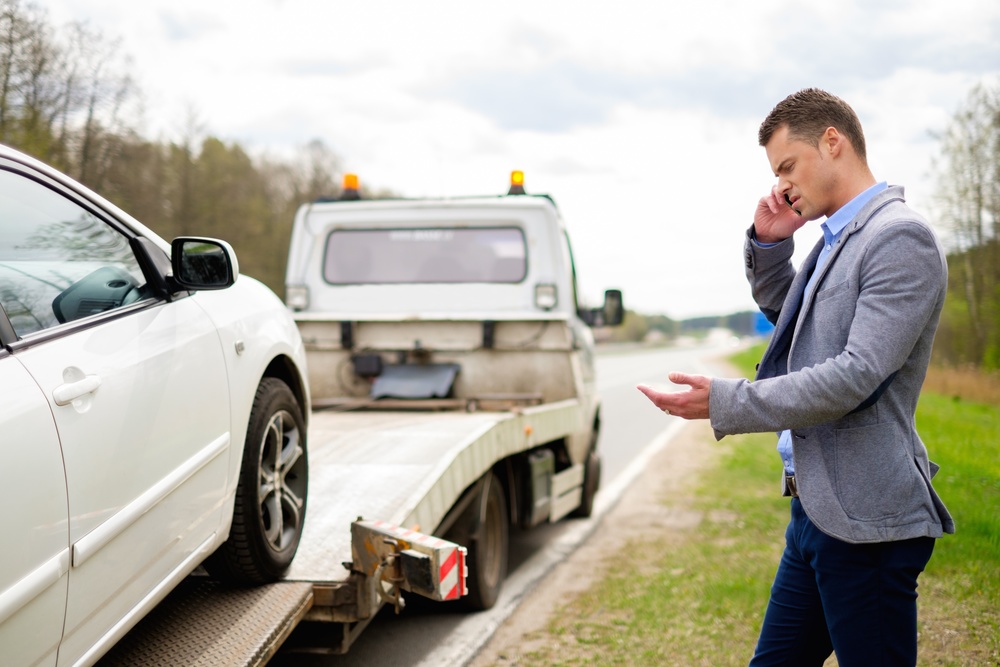Motion to Lift the Automatic Stay: What is it?
After you do your bankruptcy filing in Arizona, an automatic stay will become effective. This stay prevents debt collection efforts and attempts on behalf of creditors to contact you. The stay, however, is not an absolute. Creditors can ask for its removal under certain conditions. Let us see when a motion to lift the automatic stay can be granted.
When is it Possible for the Automatic Stay to be Lifted?
Creditors can ask the court to lift the automatic stay in several circumstances. The motion can be granted whenever there is:
- No payment on secured debts whatsoever: if you stop making the payments on secured debts, you will eventually see a motion to lift the automatic bankruptcy stay. Unless you start making payments again or you have a good enough reason for the delay, the automatic stay will typically be lifted.
- Lack of protection: secured creditors can begin the process needed to lift the automatic stay in the absence of adequate protection (collateral). Usually, insufficient protection will manifest itself in the lack of insurance on the collateral.
- Unsecured debt that is excluded from the bankruptcy discharge: even unsecured creditors can file a motion to lift the automatic stay. Most often, the request will be granted if the respective debt is not included in the bankruptcy discharge list. Child support, alimony payments, criminal restitution and certain types of student loans, for example, are not included in the bankruptcy discharge.
- Post-bankruptcy rent: rent accumulated before the bankruptcy filing is dischargeable but this doesn’t apply to sums owed to a landlord in the aftermath of the filing. A landlord can seek a lifting of the automatic stay for the purpose of eviction.
How a Motion to Lift the Automatic Stay is Filed
Bankruptcy Code rules have to be followed by creditors who wish to file a motion to lift the automatic stay in bankruptcy. A certain set of documents will have to be filed with Arizona bankruptcy court. Upon the filing, the court has 30 days to schedule a preliminary hearing on the motion.
During this hearing, the creditor will have to prove that they’re entitled to an exception.
The debtor is entitled to a notice and participation in the hearing. The burden in this instance falls on the creditor and they have to provide sufficient evidence. Motions to lift the automatic bankruptcy stay are not particularly common because proving an exception can be quite difficult. Unless there’s a serious enough reason to do the opposite, the court will typically continue the bankruptcy protection from collection efforts.
How to Handle a Motion to Lift the Automatic Stay?
If you are notified that a creditor plans to challenge the automatic bankruptcy stay, you will need to talk to your Arizona bankruptcy attorney immediately.
A debtor is provided with an opportunity to object to the filing. An objection has to be submitted in writing to the Arizona Bankruptcy Court within 14 days of the notification being received.
 There are several ways in which the motion can be challenged. The first thing a bankruptcy attorney will look at is an eventual procedural issue. A failure to serve all required parties with documents, the lack of evidentiary documents and no standing on behalf of the moving party can all lead to the discontinuation of the legal procedure.
There are several ways in which the motion can be challenged. The first thing a bankruptcy attorney will look at is an eventual procedural issue. A failure to serve all required parties with documents, the lack of evidentiary documents and no standing on behalf of the moving party can all lead to the discontinuation of the legal procedure.
Whenever the documentation is in order, an attorney can challenge the motion on other grounds. These include an application for a loan modification currently being under consideration, a loan modification agreement already being in effect or the property in question being an important part of the reorganization bankruptcy plan (in the case of a Chapter 13 filing).
While the burden falls on the creditor, you will still need to provide some evidence pertaining to the reason behind the objection.



